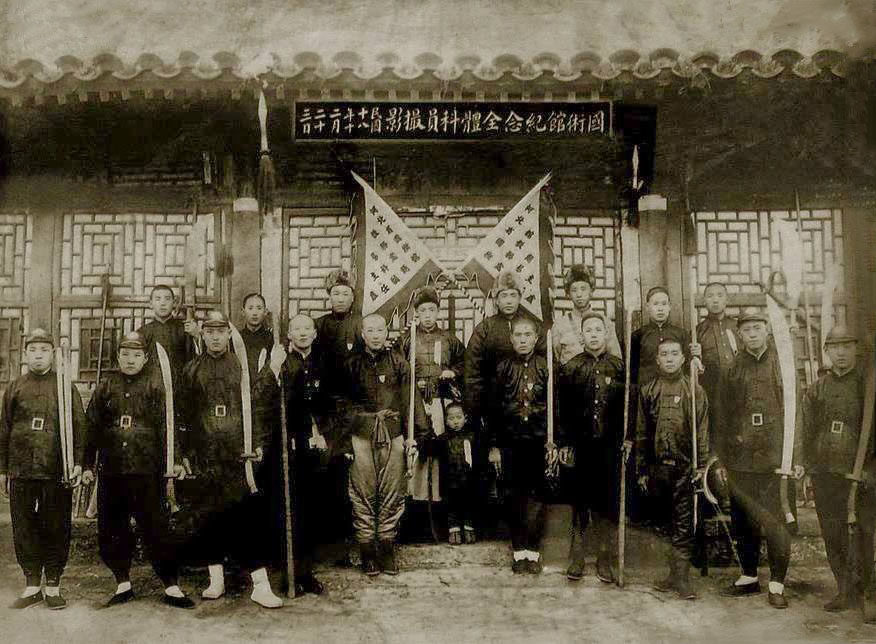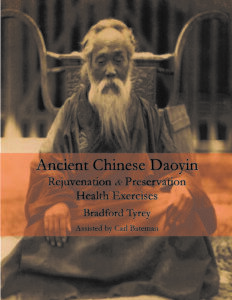
Ancient Chinese Daoyin Rejuvenation & Preservation Health Exercises

You can preview this book for free HERE.
This authoritative book on ancient Chinese Qigong health practices contains over 300 old photos and drawings, and more than 250 pages of detailed teachings collected during the author’s early years in China and Taiwan during the 1980s.
Ancient Chinese Health Qigong covers two ancient treasured practices: the first half of the book explains Ba Duan Jin (Eight Sections of Brocade) which teaches eight exercises, performed while seated or standing, designed to rejuvenate specific organs and address common ailments that befall mankind. Through ancient documents and manuals that still exist today we can trace many of the oldest practices of these seated exercises back to a scholar monk named Chen Tuan, also known as Chen Xiyi and Fu Yaozi, who is credited with having created various styles of seated, standing and reclining soft Qigong known as Daoyin (literally meaning to Guide and Stretch). Chen Tuan was born in North China in the late Five Dynasties and Ten kingdoms period (907 A.D - 960 A.D.) or the beginning of the Song Dynasty (960 A.D. - 1279 A.D) during a time when interest in Taoist Alchemy and healthful Daoyin (Guiding one’s Qi and Stretching one’s Body) practices was flourishing. Easy to follow photographs of an elderly Chinese teacher from whom Bradford Tyrey learned, along with detailed explanations of each exercise, will enable you to practice in a most traditional and beneficial manner while either seated or standing.
The second half of the book covers the ancient manuscript Xiu Zhen Mi Yao (Essential Secrets on Cultivating Perfection) which archives Taoist exercises primarily practiced in China during the period surrounding 600 A.D., complete with annotations and instructions noted over past Centuries within many old handwritten manuscripts and published editions of this work that Bradford Tyrey had collected while living in China.
Both sections in Ancient Chinese Health Qigong include historical background, how to correctly practice each posture, enhancement of Qi within one’s body, philosophical meanings related to specific postures, how various postures directly relate to Tai-Chi (Taijiquan), and so much more.
This is an absolutely essential book in providing deep insight into the practice of an ancient Chinese Qigong and related movement arts. Rare photos, illustrations, and explanations make this book a true treasure to collect.